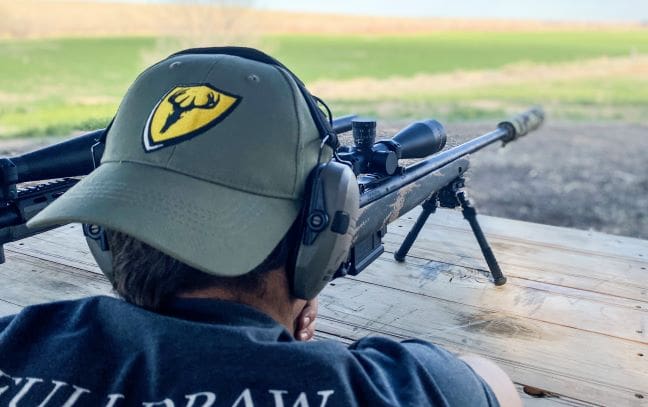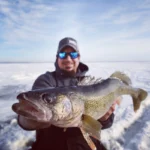On the first afternoon of a four-day writers hunt in Oklahoma, our guide led us to a large open field where we would use a temporary shooting range. After setting up a solid bench and three targets down range, the other writers and I began unloading our gun cases.
After seeing the other hunters’ miraculous custom-built rifles, with their expensive optics and all the accessories a southern country boy like me had ever wanted, I felt like relatching my case and taking my bolt-action .243 back home to Missouri.
Over the next few days of hunting, my .243 did ok, yet I had my first introduction to how hunters can have different rifles for specific parts of the country, which can make a huge difference in success when making a shot on a big game animal.
Setting up a rifle for optimal performance when hunting deer or other big game animals varies significantly depending on the terrain and environmental conditions where it will be used. Before arriving in Oklahoma for my hunt, I did not consider the vast differences in terrain from the long open views of Oklahoma’s red dirt compared to the rolling hills and cow pastures in southern Missouri, where I typically had done most of my hunting. Factors such as range, vegetation density, and climate all play crucial roles in determining the ideal setup. To prevent that awkward feeling of not having the proper weapon for where you are hunting, as I did, here’s a guide to setting up rifles for different regions across the United States.
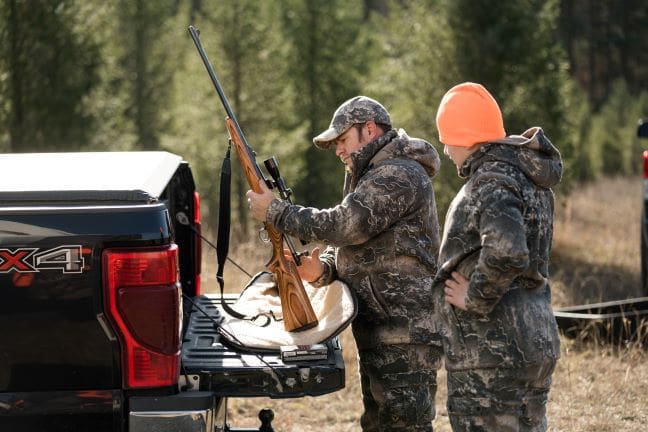
Long range in the western states
Western states’ vast open spaces and long sight lines demand rifles that excel in long-range precision shooting. Yes, my old .243 made a few shots while in western Oklahoma, yet I could have made much more if I had considered a few things before the hunt.
- Caliber and Ballistics: When you know you are hunting in vast, open country, choose a caliber known for flat trajectories and retained energy at long distances, such as .308 Winchester or 6.5 Creedmoor. Ensure your rifle is zeroed and tuned for consistent performance at distances exceeding 500 yards before the hunt.
- Optics: Opt for high-quality scopes with magnification suitable for long-range shooting (10x or more). I remember looking at the other hunter’s setups, thinking to myself, they are just trying to show off; they don’t need that. I was wrong. Features like parallax adjustment and clear glass are essential for precision at extended ranges, making your hunt much easier and more enjoyable.
- Stock and Ergonomics: Utilize a sturdy, adjustable stock that allows for a comfortable shooting position, especially when prone or on uneven ground. Consider a bipod for stability during long shots.
- Accessories: Equip your rifle with a high-quality rangefinder and ballistic calculator to effectively compensate for windage, elevation, and atmospheric conditions. Practice with them, and then keep them in a backpack when hunting to help make the shot.
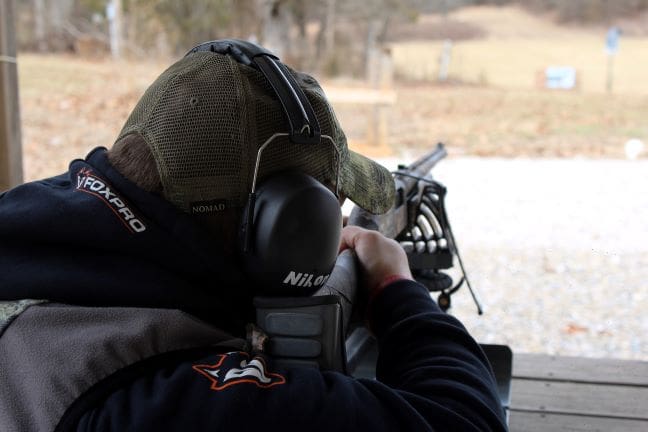
Thick brush in the Midwest and Southern states
Navigating dense vegetation, such as when hunting in the Midwest or near my home in the Ozark hills of southern Missouri, requires rifles that are maneuverable yet powerful enough to penetrate thick brush when necessary. My father would always talk about his .30-30 being his brush gun when I was a kid. After I got old enough to use a rifle myself, I used a .30-30 to help take down my first buck, a nice 8-point buck, while catching him trying to escape from a nearby deer drive. The thick underbrush and heavy timber were obstacles, yet the .30-30 bullet took the buck down quickly.
Caliber: Opt for a medium-caliber round with sufficient stopping power and manageable recoil, such as .30-30 Winchester. This is effective for short to medium distances in dense, thick cover.
- Sights: Choose low-power optics or iron sights that provide a wide field of view for quick target acquisition in close quarters. Keep the magnification set low when using a scope to help identify the animal and take aim quickly. I mistakenly saw only brown hair when first looking at the scope because of too much magnification.
- Compactness: Select a rifle with a shorter barrel length and overall compact design to ease movement through tight spaces and quick shouldering for fast shots.
- Durability: Ensure your rifle is moisture-resistant and rugged enough to withstand bumps and scrapes typical of dense foliage environments. Scratches on the stock are typical when hunting thick timber areas.
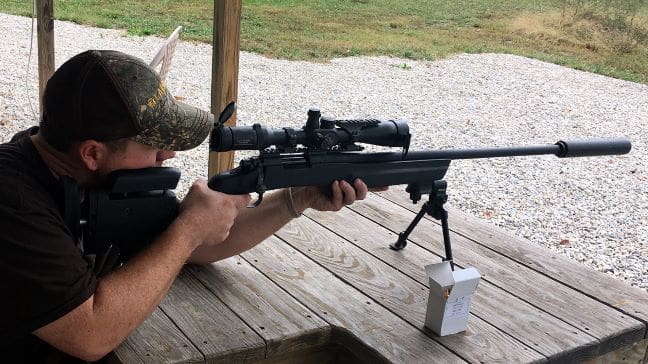
Shooting in different climates, such as in the mountains
Mountainous regions present unique challenges due to varying elevations. Shortness of breath isn’t the only thing that can affect hunters when hunting at higher elevations. Thinner air and temperature gradients are often unpredictable weather conditions that can affect how your bullet flies through the air, resulting in the need for a specific caliber suited for this region. Here’s how to prepare your rifle:
- Caliber and Ballistics: Choose a caliber that performs well in high altitudes and maintains accuracy over changing environmental conditions. Consider cartridges like .300 Winchester Magnum or 7mm Remington Magnum.
- Optics: Select scopes with good light transmission and elevation adjustments. Compact, lightweight scopes with robust construction are ideal for mountain hunting or shooting.
- Weight Considerations: Balance the need for a durable rifle with the desire to keep weight manageable for long treks. Carbon fiber barrels and lightweight stocks can help reduce overall weight when your rifle is strapped to the back of your pack or when carrying with a sling for longer distances and more rugged terrain.
- Weather Resistance: Choose materials and finishes that are rust-resistant and can withstand exposure to moisture and temperature extremes common in mountain environments.

Adapting your rifle setup to the specific demands of different regions ensures optimal performance and success in various shooting scenarios. Whether pursuing long-range precision in the West, navigating dense brush in the Midwest and South, or conquering the challenges of mountainous climates, the right equipment and setup can make all the difference in your shooting experience. Next time you travel to a different country to hunt, carefully consider terrain, climate, and shooting distances so that you can tailor your rifle setup to maximize accuracy, reliability, and enjoyment in any environment.

